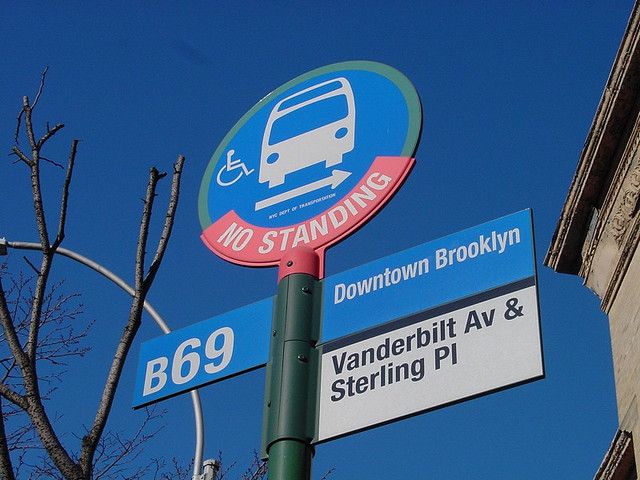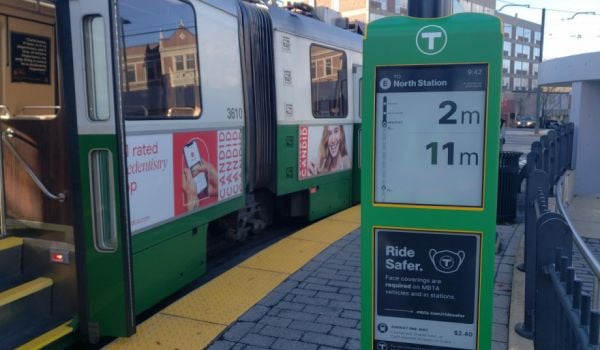Increasing growth in New York City’s outer boroughs has not been met with equal growth in public transport access or options, according to a report released today by the Center for an Urban Future.
Over the past two decades, the number of people making trips within or to another outer borough — these include Brooklyn, Queens, Staten Island and the Bronx — has become greater than those traveling from an outer borough to Manhattan, the report finds. For example, since 1990 the number of trips between Brooklyn and Queens has grown by 32 percent, while the number of trips from Brooklyn to Manhattan has grown by only 13 percent. Over that same period, the growth of jobs and population has been greater in the outer boroughs than the more famously dense borough of Manhattan.
Despite these increasing demands for inter-borough travel, the Metropolitan Transportation Authority and city Department of Transportation have failed to provide appropriate transit, instead continuing to rely on older, Manhattan-centric models of transit, according to the report. With a reliance on a more traditionally Fordist city model — one central business district playing nucleus to surrounding concentric rings of different housing stocks — New York’s past transit system made Manhattan the end-all, be-all destination. A trip between Brooklyn and Bronx, for instance, would ultimately have to go through Manhattan.
That New York’s transit system operates on such a mindset is not surprising: It’s from the era when few commuters would ever have to regularly travel from Brooklyn to the Bronx.
With growth now happening more rapidly in the outer boroughs, however, this Fordist model no longer matches the reality. Instead of one central business district, New York is now growing many employment hubs. The need for non-point based transportation is greater than ever. This past July, Tallahassee, Fla. decentralized its bus system to manage a change in transportation patterns 50 years in the making. As Samuel Scheib, a planner for the city’s bus system, told The Atlantic Cities, “the reality is that people need to get to work… and you’ve got to go where the jobs are.”
Tallahassee is merely following the likes of cities such as Miami. A report by the Brookings Institution last year stressed the importance of connecting workplaces with transit as congestion and commute times rapidly increase.

London’s Overground aims to connect the outer boroughs of London through a ring railroad. Credit: Flickr user Hectate1
(Take a look at these illustrations from a lecture at York University explaining the difference between Fordist and Post-Fordist cities.)
Orbital transportation is now also a key ingredient in a vibrant public transport system. Greater London recently completed the Overground, which aims to connect the outer boroughs of London through a ring railroad, bypassing the traditional city center with the understanding that growth is also rapidly happening outside of London’s congested central borough. The Overground juxtaposes the more traditional Underground, which operates on the traditional model of London, with all suburbanites heading towards the city’s center. With the Overground, residents from over 20 of London’s 32 boroughs can travel quickly from one side of London to another without ever having to pass through the middle.
But New York is never one to be outdone by other cities or let its growth go unaided. Yesterday, the city council held a hearing to address the needs of outer borough residents and make sure growth does not go hindered by a lack of transportation. As Manhattan becomes increasingly expensive and congested, the future of New York increasingly comes to lie in its outer boroughs.
















